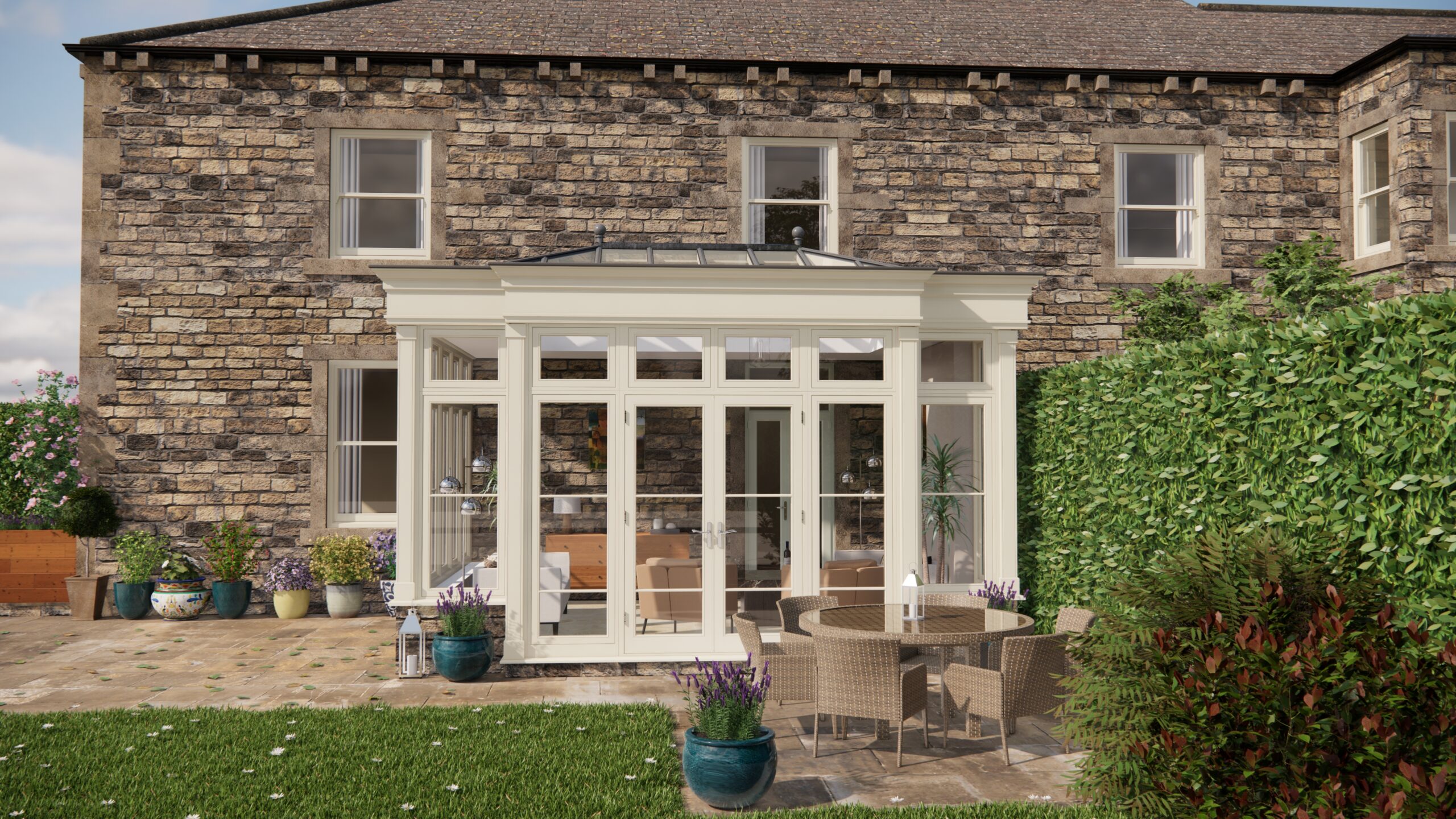I recently had a delightful chat with my friend, Alex, who has just completed a stunning renovation of their orangery. The transformation is nothing short of magical, and the best part? They’ve managed to create a seamless indoor-outdoor flow that makes the space feel like an extension of their garden. As we sipped our tea and watched the birds flitter about, Alex shared some insights into how they achieved this effortless connection. I’m thrilled to pass on their wisdom, so you too can create your own sanctuary.
Understanding the Vision
Before diving into the nitty-gritty, Alex emphasised the importance of having a clear vision. They wanted the orangery to be more than just an extra room; it was about crafting a retreat that felt part of the garden. Alex’s vision was to capture the essence of the outdoors and bring it inside, creating a space that was both functional and aesthetically pleasing. This vision guided every decision they made, from the colours and materials to the layout and décor.
Choosing the Right Materials
The first step in creating this flow was selecting the right materials. Alex explained that they opted for natural materials that mimic the elements found in their garden. The flooring was crucial—wide oak planks that matched the decking outside created a continuous visual line. Alex mentioned that if oak isn’t your style, any natural wood or stone that complements your garden’s features can work wonders.
For the walls, Alex chose a soft, earthy palette to echo the greenery outside. They also opted for large glass panels instead of traditional walls. This not only maximised the natural light but also provided uninterrupted views of the garden. Alex noted that high-quality, energy-efficient glass is essential to maintain a comfortable temperature year-round.
Creating Seamless Transitions
The transition between the orangery and the garden was a key focus. Alex installed bi-fold doors that could be fully opened during warmer months, effectively removing the barrier between indoors and outdoors. They also recommended considering sliding doors if you’re working with tighter spaces. The aim is to ensure that the transition feels open and inviting, blurring the lines between the two spaces.
Alex shared a clever tip: using the same potted plants inside and out to guide the eye and create a sense of unity. Matching or complementary planters can help maintain a consistent aesthetic. Additionally, Alex suggested using outdoor rugs and cushions that mirror the indoor décor to further enhance this continuity.
Integrating Nature Inside
To truly bring the outdoors in, Alex incorporated plenty of greenery into the orangery itself. Hanging plants, potted ferns, and trailing vines were carefully arranged to mimic the lushness of the garden. Alex advised selecting plants that thrive in the light conditions of your orangery and recommended consulting with a local nursery to choose the best species.
Another clever idea Alex implemented was a small indoor water feature. The gentle trickling sound added a soothing ambience, making the orangery feel even more like a natural haven. Whether it’s a fountain or a small pond, the movement and sound of water can significantly enhance the sensory experience.
Furnishing for Comfort and Style
When it came to furnishing the orangery, Alex aimed for pieces that were both comfortable and weather-resistant. They chose furniture made from rattan, which is not only durable but also adds a touch of the outdoors. Soft furnishings in natural fibres like cotton and linen complemented the overall theme and made the space feel cosy and inviting.
Alex also paid attention to the lighting, recognising that it plays a crucial role in setting the mood. Layered lighting, including fairy lights and lanterns, created a warm glow during evenings, perfect for unwinding with a book or entertaining friends.
Bringing It All Together
As we wrapped up our conversation, Alex reflected on the journey. Creating an indoor-outdoor flow in their orangery wasn’t just about aesthetics; it was about enhancing their living experience. By selecting natural materials, ensuring seamless transitions, integrating greenery, and choosing appropriate furnishings, they created a harmonious space that feels like a true extension of their garden.
Alex’s experience serves as a wonderful guide for anyone looking to transform their orangery or similar space. Whether you’re starting from scratch or looking to refresh an existing area, these thoughtful touches can help you craft your own seamless retreat. So, why not take a leaf out of Alex’s book and begin your journey to bridging the indoors with the outdoors?


